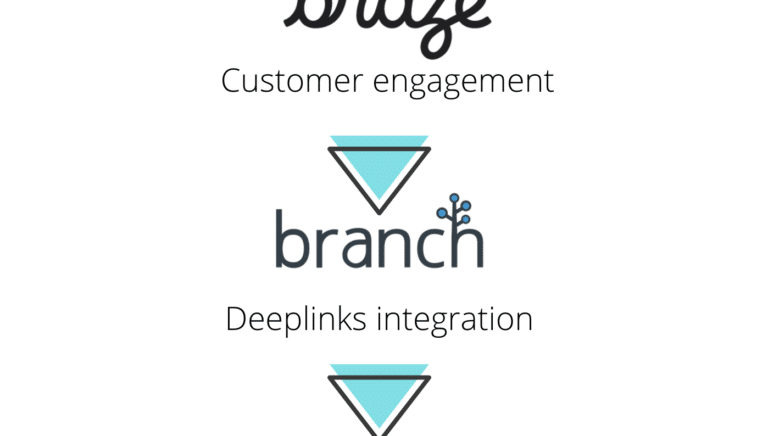Growth Manager Laurent Billieres recently interviewed Mrs. Thi-thom Pham, Head of Marketing at Ascend Group, to discover Ascend’s marketing strategy in the midst of COVID, how they use Branch to optimize their campaigns, and more. Read the full interview:
Laurent Billieres: Hello Thi-thom, could you tell us a bit about yourself?
Thi-thom Pham: Hello, I’m Thi-thom Pham, Head of Marketing at AscendMoney, the operator of TrueMoney, an award-winning regional fintech company in Southeast Asia providing innovative payment and financial services across 6 countries. We serve more than 40m customers who are underbanked and digital consumers across Thailand, Myanmar, Indonesia, Cambodia, Philippines, and Vietnam.
I started my career in France almost 15 years ago, managing many key strategic accounts in marketing agencies. Then, I helped build the e-commerce arm of the number 2 national TV group in France and finally switched industries to develop the online strategy of the number 1 car manufacturer.
In 2015, I moved back to Thailand and joined the BigC group before integrating Ascend Group in 2016, taking care of Ascend Commerce (Weloveshopping + WeMall).
Since 2017, I have been leading marketing at Ascend Money to make our #1 e-wallet mobile app in Thailand available across SEA to make payments easier and more convenient.
LB: Because we cannot avoid a COVID question, do you see this as a drawback or an opportunity?
T-t P: With an increasing number of cases, COVID-19 has made people more aware and concerned about hygiene. Following WHO’s announcement in February that Coronavirus could remain infectious on surfaces for nine days, we started seeing a shift towards digital payments as people moved away from offline exchanges.
Recently, we have seen a +20% increase in organic installs. We’ve also seen a surge in online transactions for apps such as Lazada, Foodpanda, and utilities apps, along with increased spend on GooglePlay Store. Merchants from malls, supermarkets, and SMEs have a renewed interest in partnering with us.
Overall, we see this as a high time for the digital payments industry as there’s a noticeable shift in mindset on cashless adoption. It has moved from being a choice to now a necessity.
LB: What channels are you leveraging for growth and retention at the moment?
T-t P:With our large user base, we have doubled down on our in-app channels (push notifications, in-app banners, emails) to reach millions of users.
As most of our users are digital-savvy Gen Z and Gen Y, who spend most of their time on social media, we have built a marketing strategy that includes Facebook and Youtube.
In recent times, there has been an uptick in PR campaigns as many journalists are now focusing on digital payments. This has positively impacted our awareness and reach metrics.
In this scenario, having efficient marketing technology tools and stacks is crucial for us. Our approach is to continually monitor customer insights from these tools to create strategies that increase user engagement, retention, and loyalty, more efficiently.
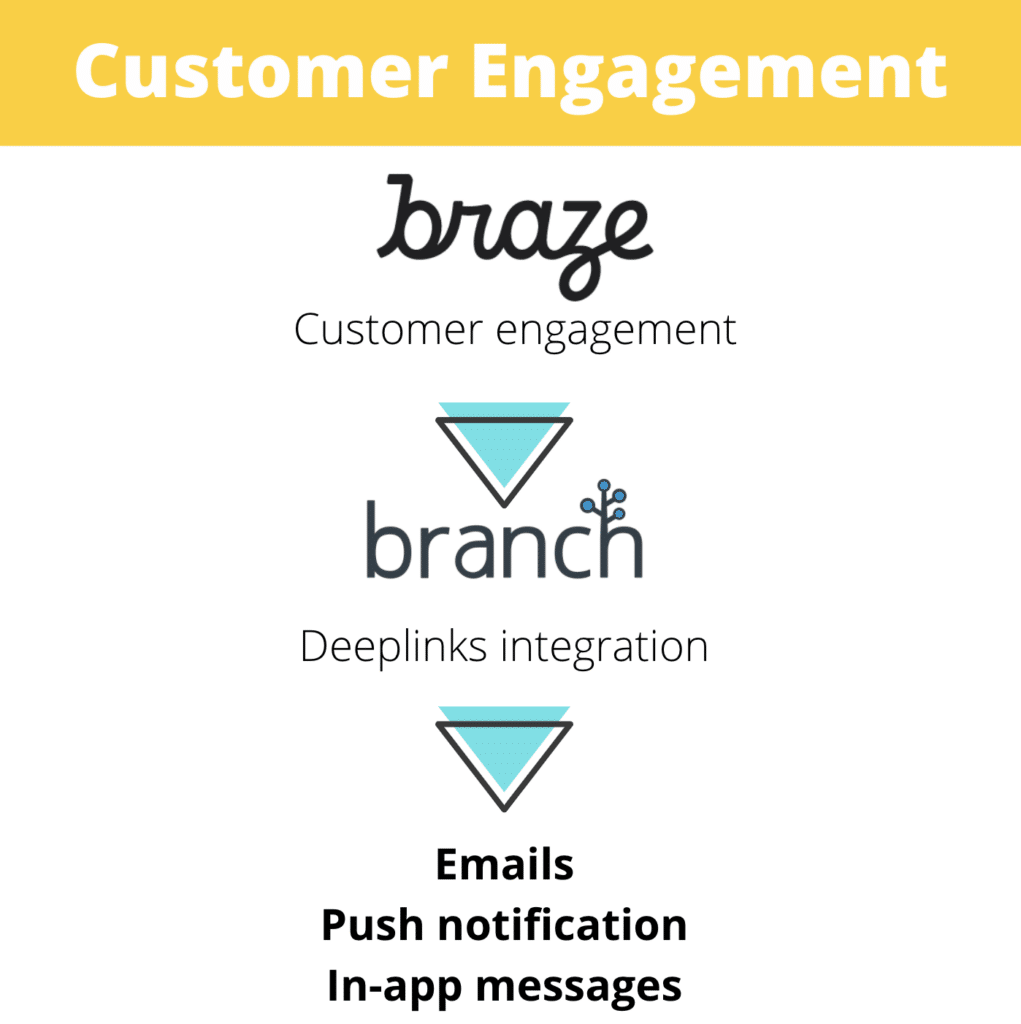
LB: TMN (TrueMoney) is digital-first, can you tell us a bit about your marketing technology stack? How do they fit together?
T-t P:Today, we use three types of MarTech tools for Acquisition, Analytics, and Retention.
We use Branch.io’s deep linking tech as the foundation for all our marketing campaigns (paid and organic), which works on two levels: one, it ensures that users land on the correct in-app pages, and on top of that, it allows our team to have the most accurate attribution on all touchpoints.
Attribution data, powered by Branch, is then sent to Mixpanel to consolidate cohorts and predict churn, which is then passed on to Braze for re-engagement purposes via push notifications or emails. Braze also helps push relevant and personalized content to specific users, such as wallet balance when transacting.
Furthermore, we use Branch data directly as a filter in Braze’s dynamic segmentation to know the customer’s acquisition channel, which then helps the marketing team to target and adjust their marketing spend correctly.
For monthly reporting and visualization, we use Tableau, pulling data from Bigquery.
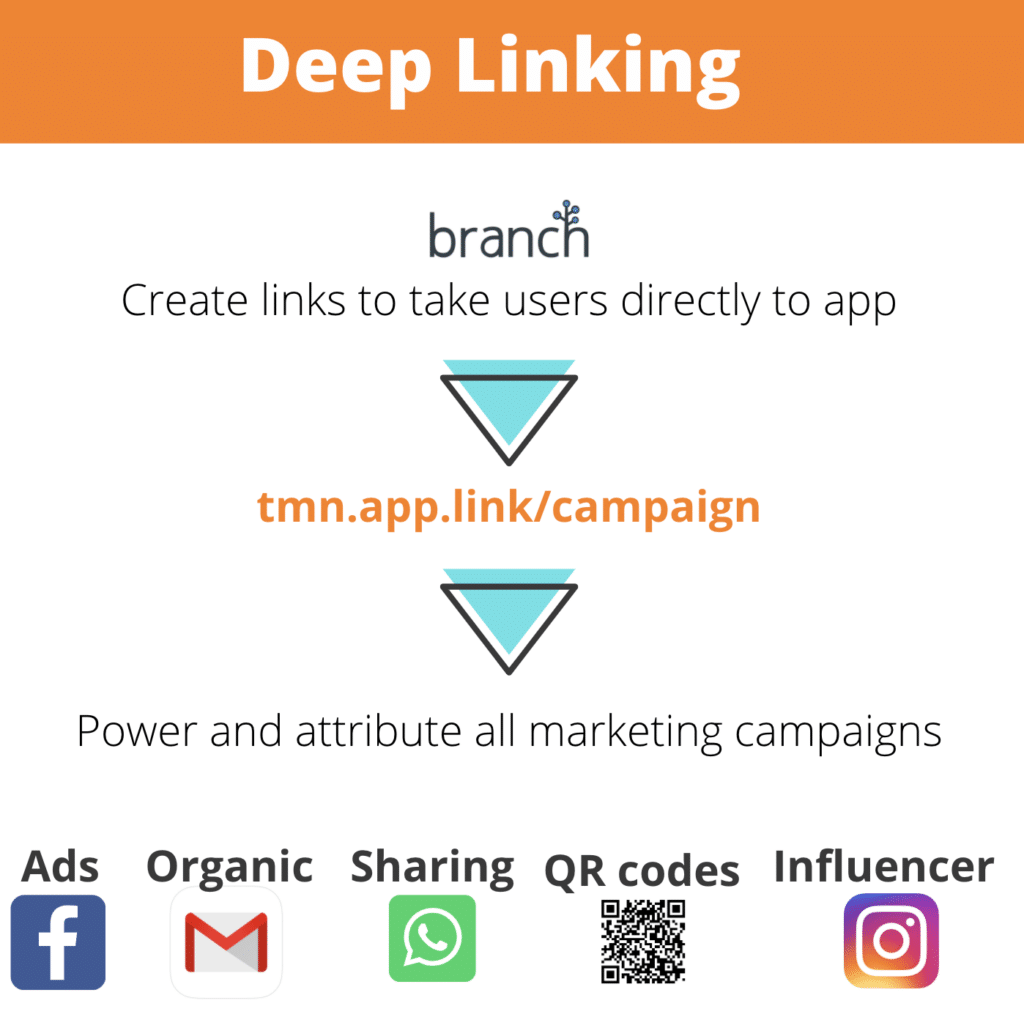
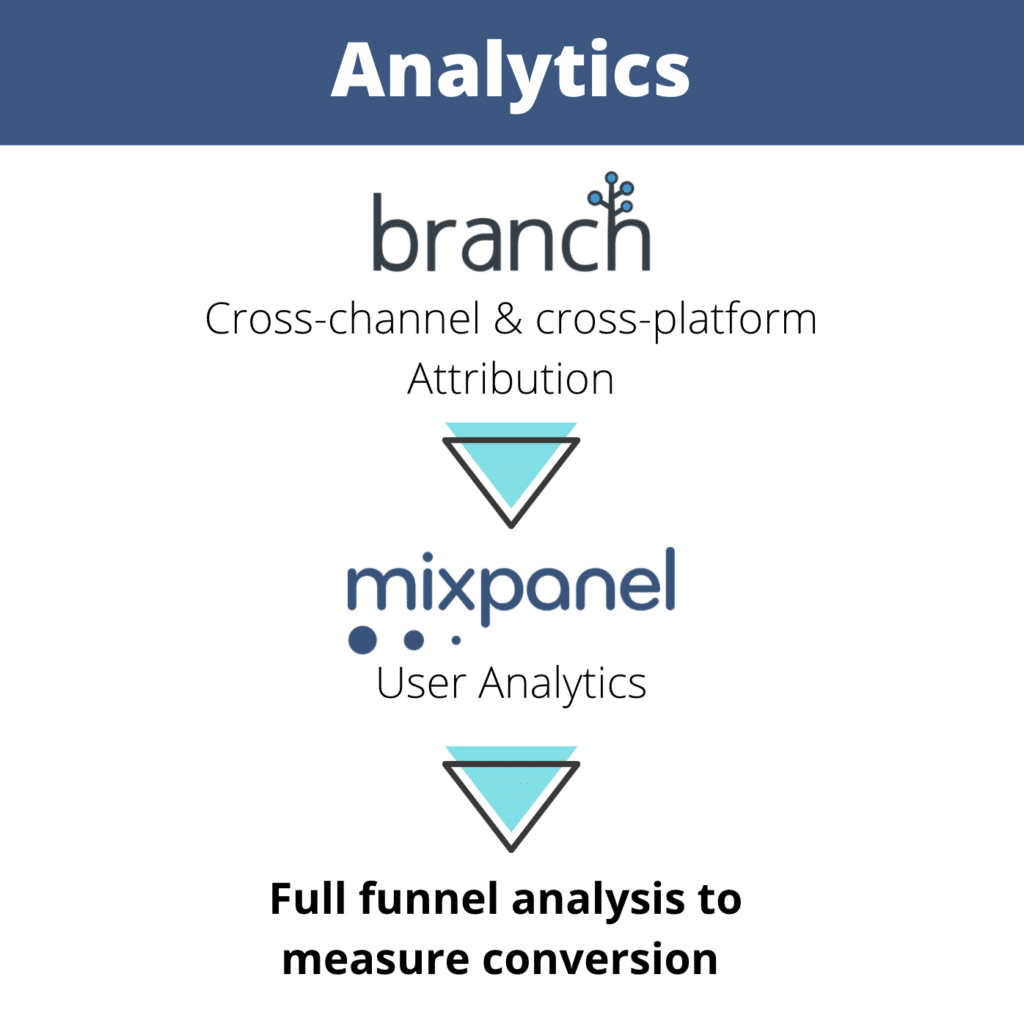
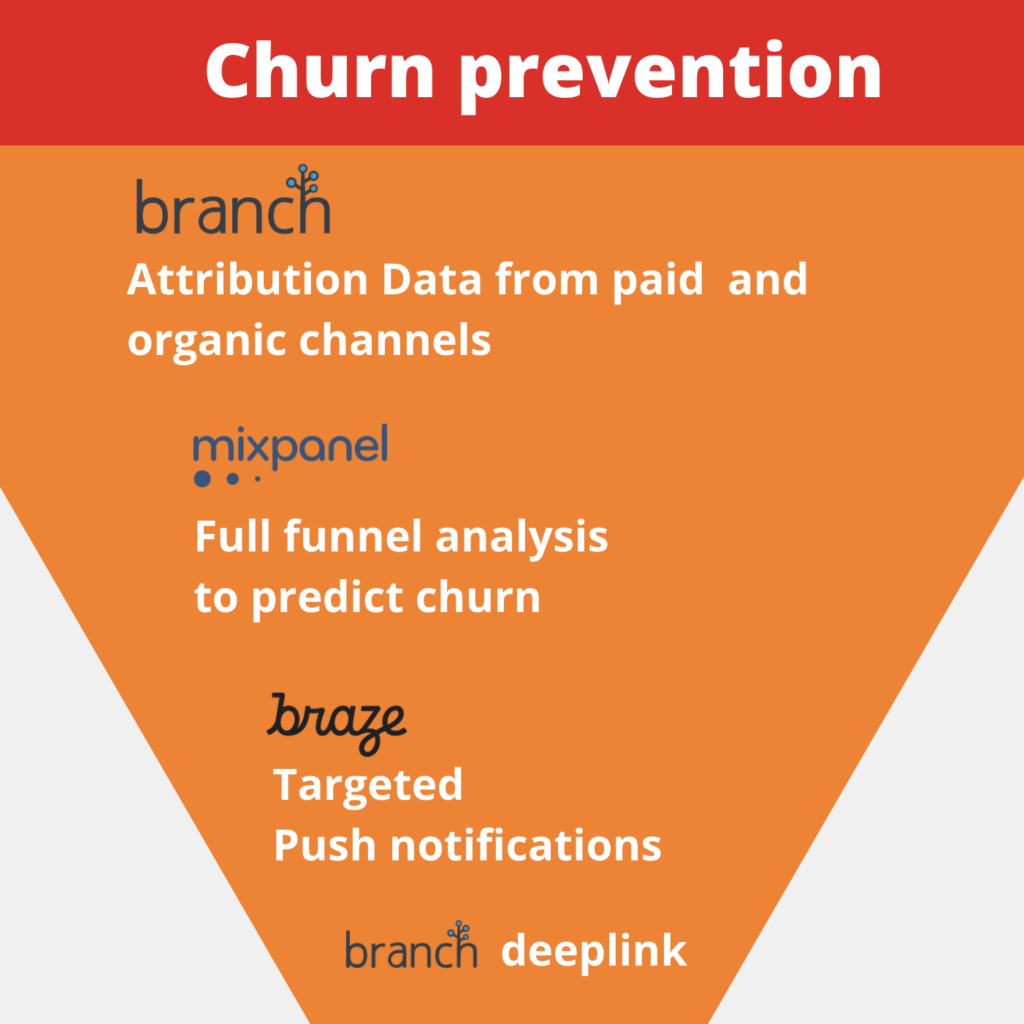
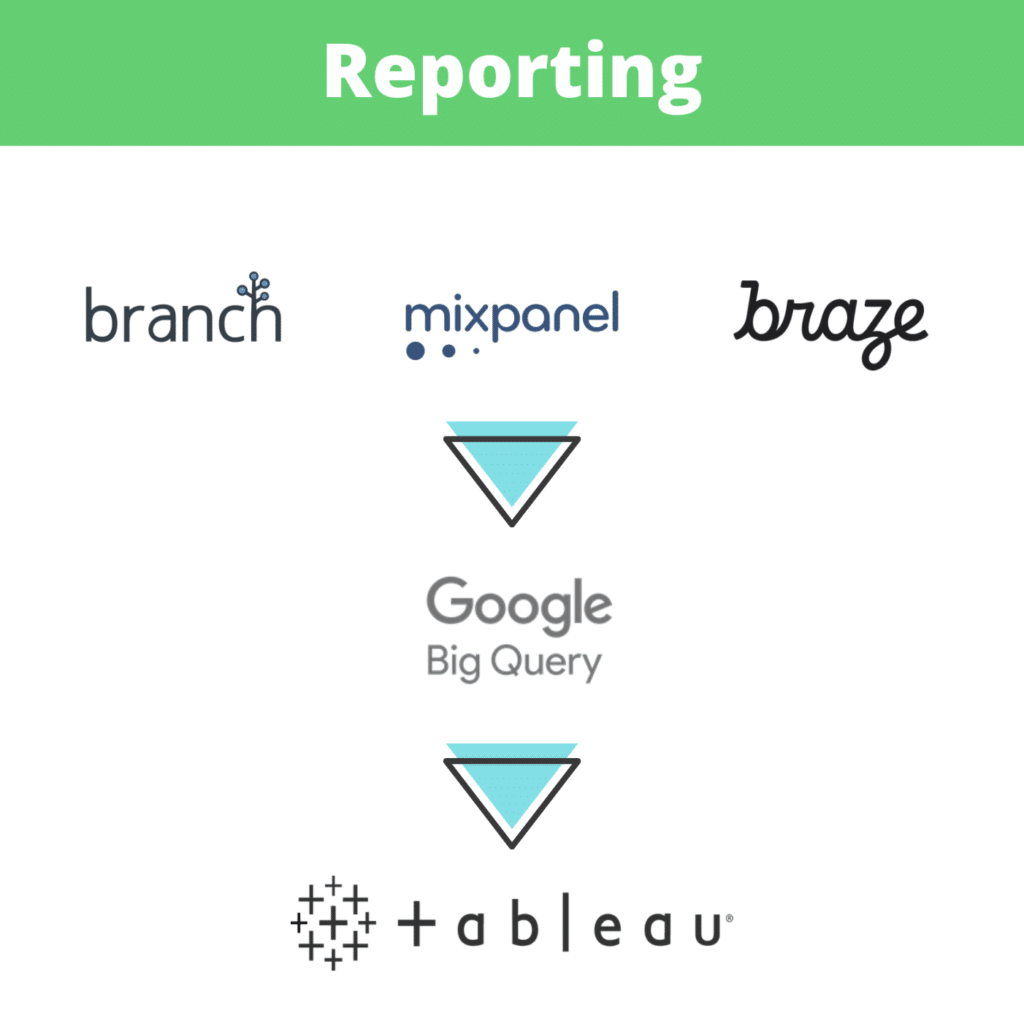
LB: How do you balance cost, features, building your own tools & future use cases for your marketing strategy?
T-t P:Aligning our tech stack with our business goals is the key. To do that, we have to be clear on the business objectives and customer journeys.
First, we aligned the TMN team across all different business functions to understand our needs and ran an analysis.
By analyzing the pros and cons of our existing systems, we could study the impact of building our tools versus adopting technology from providers out there. We could see that by leveraging external tools, we could hit the break-even point, avoid duplicated functions, or create ones that don’t answer our needs.
Outside of monetary investment, introducing a new tool requires an investment of time and resources as we need to develop internal skills and align working processes across all related business functions. And through these processes, finding solution providers who can work with us as partners is crucial.
LB: How important is support from those providers?
T-t P: Since marketing strategies are diversified, and there are plenty of use cases, vendor support is essential and highly impactful in the process. From understanding the tool itself to customization, configuration, and integration, support is a strong enabler through the process.
What impressed us most about Branch is that their team was invested in understanding our business, processes, and specific requirements. They ran a detailed report to understand our use cases and even configured their platform to serve our needs.
Vendors may compete to deliver solutions and tools, but as a customer, the most significant difference is the service and support after the sales.
LB: Who is using external tools in your team?
T-t P: Acquisition tools are being used by the digital marketing team and the social media teams.
Analytic tools are used by the digital marketing team, the social media, and the marketing analytic team.
The CRM team uses retention tools.
LB: What should a company never outsource?
T-t P: No matter how good the external party is, I think resources inside the company have to be the ones to lead management, planning, and control over the digital marketing strategy & CRM. With all the tools available on the market to optimize and measure marketing campaigns & CRM, data has become king for the past few years. Therefore, it’s a gold mine that should not be outsourced.
LB: Biggest challenge at the moment?
T-t P: Identifying cross-device/platform users is still a challenge for us as it creates cost duplication. We use Audience Manager tools to minimize it and optimize our cost more efficiently. Currently, we are working with Branch Cross-platform ID solution to identify users better when they are not logged in.
LB: What marketing KPIs should CEOs always look at?
T-t P: The growth of customer database, customer acquisition cost (CAC), and generally, the ROI on marketing efforts. Brand awareness and reputation are more challenging to measure, but it’s also a key KPI to focus on.
LB: Is there any strategic project you’re working on to be better prepared once the economy opens up?
T-t P: At the company level, we have of course adapted our services and campaigns to the COVID situation (Such as a “Stay at home” campaign and “Unlock” campaign).
Like all digital companies, we are obsessed with marketing effectiveness, so we are in the process of finalizing an end-to-end dashboard of our digital marketing campaigns from the 1st click on a banner to the end of the customer journey. This dashboard has been shared across business units to ensure we have a performance-oriented mindset across all teams.






















